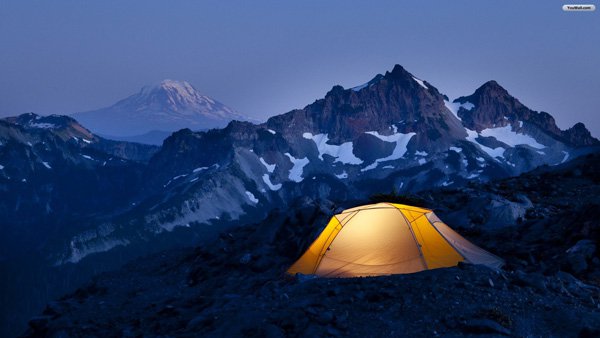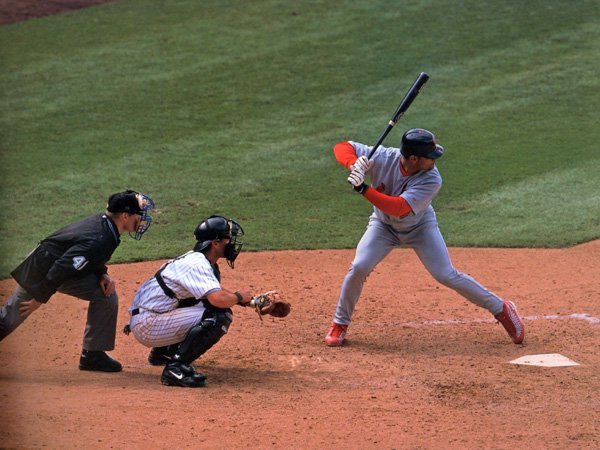Ballistics sizes
Question
Hi Sid,
It's recently occurred to me (after a lifetime of happy shooting)how arbitrary the various calibre sizes are. For example: .22, .25, .303, .308, .32, .38, .45, etc. Most of the numbers of calibres just seem odd to me. I know that back in the day, musket and early muzzle-loading rifle bullets tended to be in the .50 calibre range: half an inch, which makes sense. So why would subsequent bullets not be all even fractions of an inch? .25, .33, etc. Why all of the oddball numbers, like .22,.223 .32, .303 or .308? The numbers seem even more bizarre when you start doing it in metric: 5.56, 7.62, etc.
Is there any particular reason why the "standard" calibres out there are the specific diameters that they are, or is it all a product of the various manufacturers just arbitrarily picking numbers?
Hope you can help. This has been itching my brain for a couple of weeks.
Thanks,
Mike
Answer
Mike,
This is actually very good question. If and when you give much thought to it all it really is a bit confusing but it is more simple than a first look implies.
Let me share something with you...... its actually a bit confusing at times to most of us. Of course "most of us" won't openly admit it.
You are correct in your assumption that originally the thought process was to go with bore diameter which for the most part has been followed. The plot thickens when you have marketing geniuses who get involved and start getting creative with the caliber name of new rifles, pistols and revolvers.
Over the years about the best that you can hope for is caliber designation that comes close to actual bore diameter. Then as you say, some go with metric designation in addition to this.
Lets use an example of actual bore/name designation on a new revolver. The S&W 460 magnum does not shoot a .46 caliber bullet.
The S&W 460 mag. actually fires a .45 caliber which could be be .451, .452, .453 and so on. For a variety of reasons (marketing) S&W decided it would actually eliminate some confusion to call the revolver a 460 mag. staying away from all the confusion of adding another .45 anything to the mix.
As you point out, you measure bullets in inches or millimeters. Therefor as example a .223 rifle actually fires a .224 bullet and if measured in millimeters is a 5.56mm. Same everything but different designation...... having fun yet?
Here is another example..... The .222 Remington, .223 Remington, .222 Remington Magnum, .225 Winchester, .220 Swift, .22-250 Remington, ALL shoot the diameter bullet, that being .224 !
Another marketing example on bullet diameter is the popular .30-06, What caliber is this thing anyway? Well..... to make it simple you no doubt would say a .30 caliber bullet. So...... why the "06"? Well the "06" reached its peak development in 1906.
I could go on at greater length but then we would have to call this a book instead of an answer on "allexperts". I hope that this serves to give you the basic idea of why things are as they are in the caliber / diameter world. There is actually a lot of research that you do on your beyond what I've covered here.
Thanks for asking such a great question Mike !
Sid Lark
Didn't answer the question ? If I'd have added anymore it would have been a "book" and I'd have had to had it copyrighted ! Sorry that you were unable to extract the "answer" from the narrative. I'll try harder next time.
W R A 9MM AMMO
O3A3 Stock


